Introduction
Each year, as the warmth of spring awakens the garden from its winter slumber, gardeners are tasked with nurturing their plants back to life. However, this seasonal bloom coincides with a growing global challenge—water scarcity. According to the United Nations, around 1.2 billion people, almost one-fifth of the world's population, live in areas of physical water scarcity. As avid gardeners, understanding how to conserve water while still achieving a lush, vibrant garden is crucial.

In this post, we will explore various strategies to reduce water usage in your spring garden. From understanding the distinct water requirements of different plant species to implementing efficient irrigation methods, this comprehensive guide provides valuable insights to help you garden sustainably, while still enjoying the beauty and bounty of spring.
Understanding Water Needs in Spring Gardens
Differences in Water Requirements of Various Plants
Native vs. Exotic Plants
Native plants are typically well adapted to the local climate and soil conditions, often requiring less additional water compared to exotic species. They thrive with the normal patterns of rainfall in their region, making them an excellent choice for water-conscious gardening. On the other hand, exotic plants might bring a touch of uniqueness to a garden but often demand specific watering regimes to mimic their native habitats.
Vegetables vs. Ornamental Plants
The water needs of vegetables can differ significantly from those of ornamental plants. Vegetables, especially those like tomatoes, cucumbers, and peppers, require consistent moisture to produce abundant yields. Conversely, many ornamental plants can withstand periods of drought once established, such as succulents and some perennial flowers.
Seasonal Changes and Their Impact on Watering Schedules
The transition from winter to spring involves gradual changes in temperature, daylight, and precipitation patterns, all of which influence a plant's water needs. As spring progresses, the increasing warmth and sunlight mean plants will begin to transpire and grow more actively, often necessitating more frequent watering.

Strategies for Reducing Water Usage
Choose Drought-Resistant Plants
One of the most effective ways to reduce water usage is by selecting plants that are well-equipped to survive with minimal watering. At Plantology, we offer a variety of drought-resistant plants, such as Agave Blue and Agave Caribbean Agave Angustifolia, which require less frequent watering and retain their lush appearance even in dry conditions.
Opt for Smart Irrigation Practices
Installing Drip Irrigation Systems
Drip irrigation is an efficient way to water your garden, delivering water directly to the base of each plant. This method minimizes evaporation and runoff, ensuring each plant gets the right amount of moisture. It is ideal for conserving water and improving plant health as it allows for a targeted watering strategy.
Utilizing Rainwater Harvesting
Harvesting rainwater is a sustainable practice that significantly reduces the reliance on municipal water supplies. Collect rainwater from rooftops in barrels and use it to hydrate your garden, ensuring that no precious resource goes to waste.
Improve Soil Quality
Incorporating Organic Matter
Adding organic matter to soil, such as compost or well-rotted manure, enhances water retention capability. Rich, well-structured soil helps water percolate efficiently and supports healthier root systems, reducing the need for frequent irrigation.

Mulching Techniques
Mulching helps to maintain soil moisture levels by reducing evaporation and keeping the soil temperature consistent. Use organic mulches like straw, shredded bark, or leaf mold around plants. This not only conserves water but adds nutrients back into the soil as it decomposes.
Selecting the Right Plant Placement
Grouping Plants by Water Needs
Group plants with similar water requirements together. This sensible gardening technique ensures that each group gets the optimal amount of water, allowing for more precise irrigation and reducing the chances of over or under-watering.
Maximize Natural Shade
Utilize existing trees and structures to provide shade for sensitive plants during the hottest parts of the day. This can decrease their water requirement as shaded areas tend to retain moisture longer.
Conclusion
Reducing water usage in your spring garden doesn't mean sacrificing the beauty or productivity of your plants. By implementing these strategies, you can cultivate a thriving garden while being responsible stewards of this precious resource. Consider using drought-resistant varieties, like those available at Plantology, incorporating efficient watering systems, enhancing soil quality, and smart plant placement.
Explore our wide range of adaptable plants such as the elegant Adonidia Palm and resilient Aglaonema Silver Bay.

Visit our website today to discover plants that combine beauty and efficiency, perfect for a sustainable and water-conscious garden this spring.
Understanding the Impact of Local Climate
Before finalizing your garden plan, it's crucial to understand the local climate and how it affects your gardening decisions. The microclimate around your home can significantly impact water availability and plant health. Consider influences like humidity, wind patterns, and sun exposure, which can vary even within small distances. Local climate data can help you choose the best plants suited for your area, optimizing watering needs and ensuring sustainability.
Examining Weather Patterns
Regularly monitoring weather forecasts can assist in adapting your irrigation schedule. For instance, heavy rains might prompt you to pause additional watering, whereas prolonged dry spells might necessitate increased irrigation. Using weather data can lead to more efficient water management and substantial conservation over time.
Embracing Technological Solutions
Smart Irrigation Systems
Advancements in smart home technology have significant applications in gardening. Smart irrigation controllers adjust watering schedules based on real-time weather data, soil moisture levels, and plant water requirements. These systems can integrate with smartphone apps, providing updates and allowing you to adjust settings from anywhere, enhancing both convenience and efficiency.

Installing Soil Moisture Sensors
Soil moisture sensors are valuable tools that inform when and how much to water your plants. By measuring the moisture content at root level, these sensors prevent over-watering, ensuring water is used only when necessary and thereby reducing wastage.
Garden IoT Systems
The Internet of Things (IoT) is transforming gardens into smart ecosystems. From automated sprinkler systems to connected weather stations, IoT devices allow gardeners to monitor environmental conditions and manage resources effectively to promote sustainable gardening practices.
Cultivating a Water-Saving Garden Culture
Education and Community Engagement
Fostering a community culture that values water conservation contributes to broader environmental sustainability. Consider organizing or attending local gardening workshops focused on eco-friendly practices, where you can share knowledge and experiences about innovative methods to reduce water use.
Participating in Community Gardens
Community gardens not only provide fresh produce and beautiful spaces but also serve as platforms for learning and promoting sustainable practices. Encourage your local community to adopt water-saving techniques in shared gardening spaces, which collectively contribute to regional conservation efforts.
Gardener's Journal: Tracking Progress
Maintaining a gardening journal can be incredibly useful. By recording weather patterns, watering schedules, and plant growth, gardeners can develop a tailored approach to water management that evolves with experience and changing conditions. Regularly reviewing this data helps refine strategies and highlights areas for improvement.

Promoting Biodiversity for a Resilient Ecosystem
Integrating Pollinator-Friendly Practices
Pollinators like bees and butterflies play a crucial role in plant reproduction. By incorporating pollinator-friendly plants that require minimal water, such as lavender, echinacea, and yarrow, you not only support local biodiversity but also contribute to the resilience of your garden.
Maintaining Habitat Diversity
Encourage a mix of plant species to enhance biodiversity. A diverse garden can better withstand pest outbreaks and diseases, reducing the need for chemical interventions and conserving the ecological balance. This diversity promotes a healthier, water-efficient garden ecosystem.
Companion Planting
Companion planting involves strategically placing plants together to form beneficial relationships. Certain plant combinations can improve water retention and reduce the need for additional irrigation. For example, pairing deep-rooted plants with shallow-rooted varieties can maximize water uptake from different soil levels.
Sustainable Water Management: Long-Term Maintenance
Regular System Checkups
Regularly inspecting irrigation systems ensures they operate efficiently. Check for leaks, clogs, or misaligned sprinkler heads, which can lead to water waste. Routine maintenance extends the lifespan of these systems, ultimately contributing to long-term water savings.

Assess Seasonal Adjustments
Water requirements fluctuate with seasonal changes. Adjust irrigation schedules to align with changing climate conditions as the year progresses, using fall's cooler temperatures and increased precipitation as a natural opportunity to reduce watering.
Networking with Water Conservation Professionals
Engage with professionals in water management and irrigation technology for advanced insights and innovative solutions tailored to your specific needs. Networking with experts in plant physiology, soil science, and hydrology can provide unique perspectives and customized approaches to enhancing water efficiency in your garden.
Conclusion and Future Steps
Creating a sustainable garden doesn't happen overnight, but through intentional steps and ongoing learning, you can significantly impact water conservation efforts. Combining traditional gardening knowledge with modern technologies and community initiatives paves the way for a future where lush, thriving gardens coexist with responsible water management.
At Plantology, we are committed to supporting your journey towards an eco-friendly garden. From offering a wide selection of drought-tolerant species to providing resources on sustainable practices, we stand by your side every step of the way. Visit our story to learn more about our environmental commitment and explore the diverse range of adaptable plant species we offer.

Together, let's cultivate gardens that honor the beauty of nature, contribute to biodiversity, and embrace a resource-efficient future.





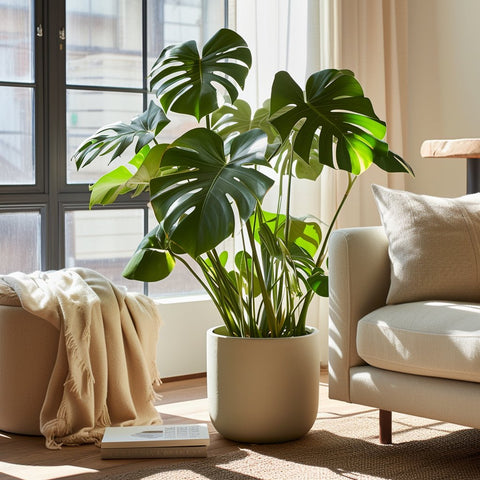


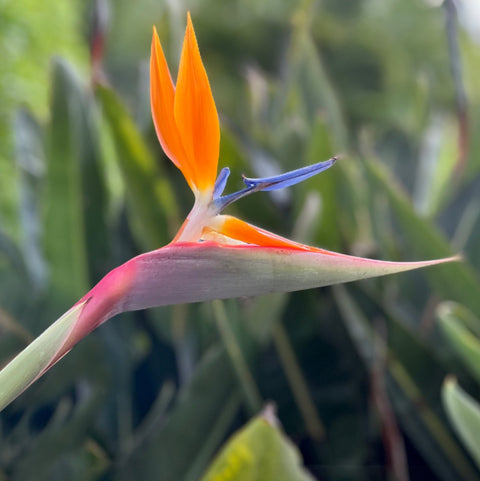
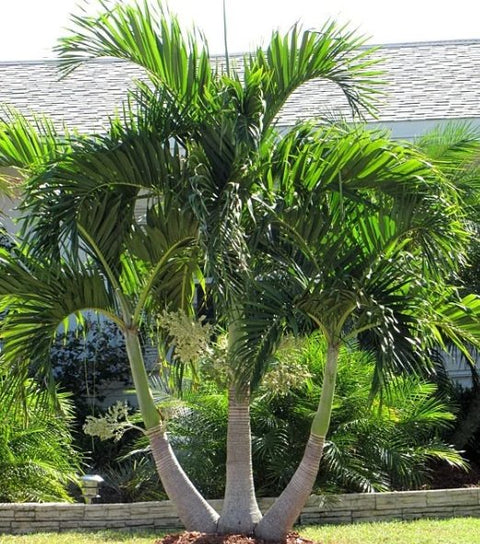







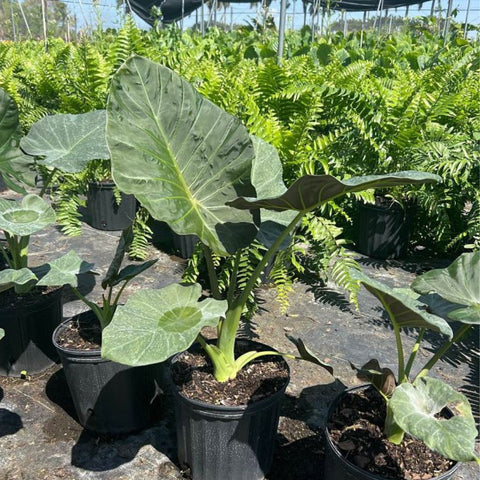
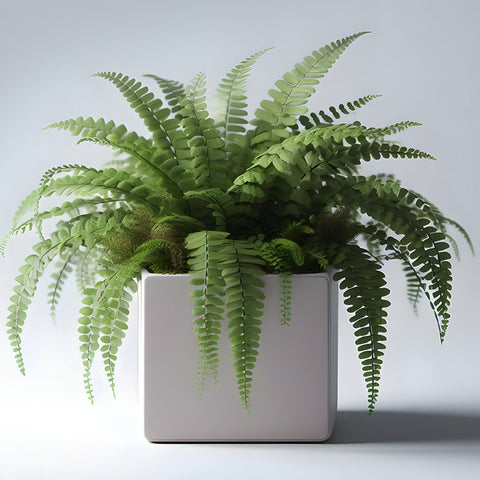




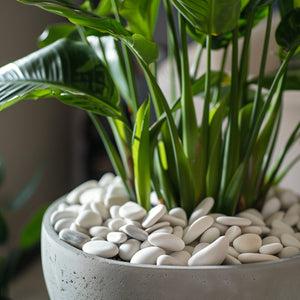

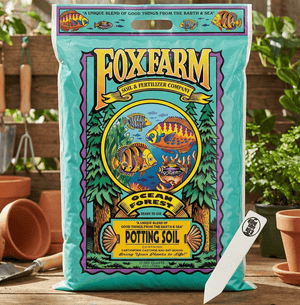
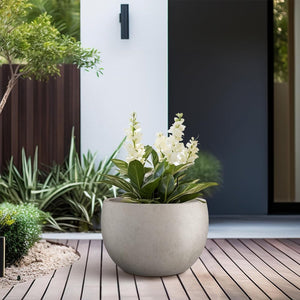



Comments (0)
There are no comments for this article. Be the first one to leave a message!